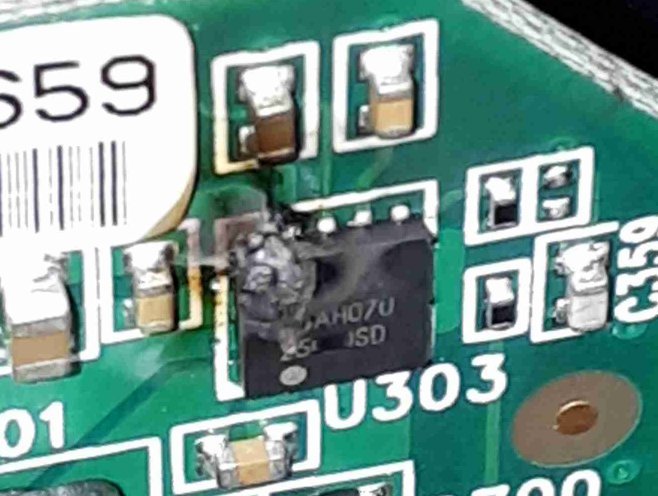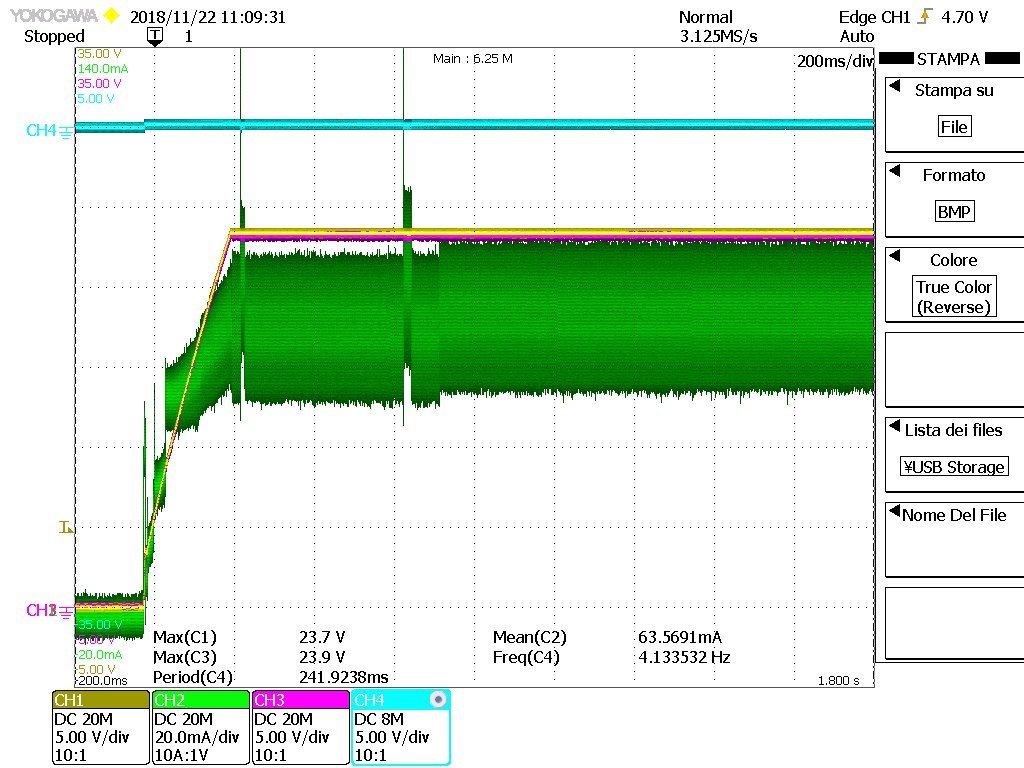Good morning,
our customer has reported following issue: after several weeks of operation, the LM25010 burns out (please, see attached picture).
Nominal power supply: 24V
We don't know the supplied current (we are gathering this data).
The LM25010 is used to generate +12V and -12V (please, see attached schematic)
are there any macroscopic errors before I start to simulate the circuit?
The customer suspecs possible input surge/burst over 50V
Thank you in advance for your help.
Regards
Riccardo





